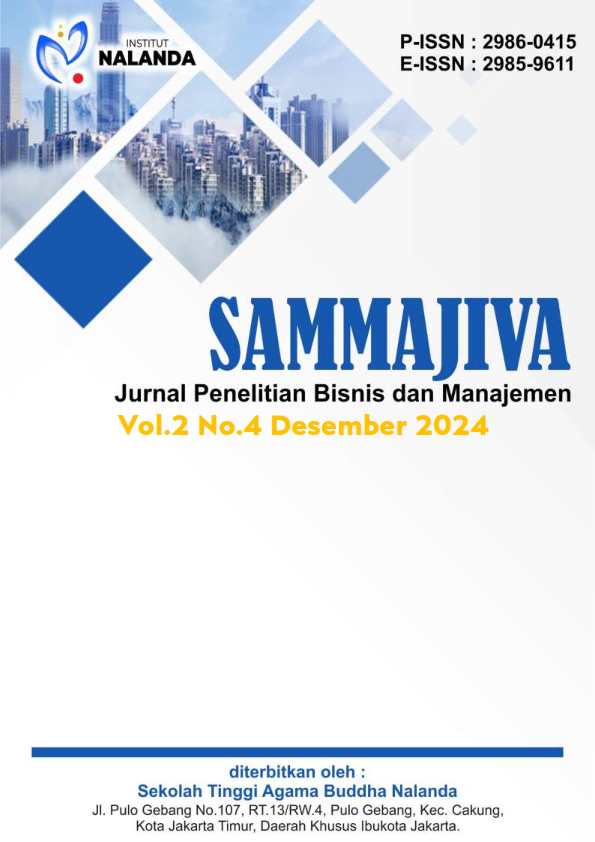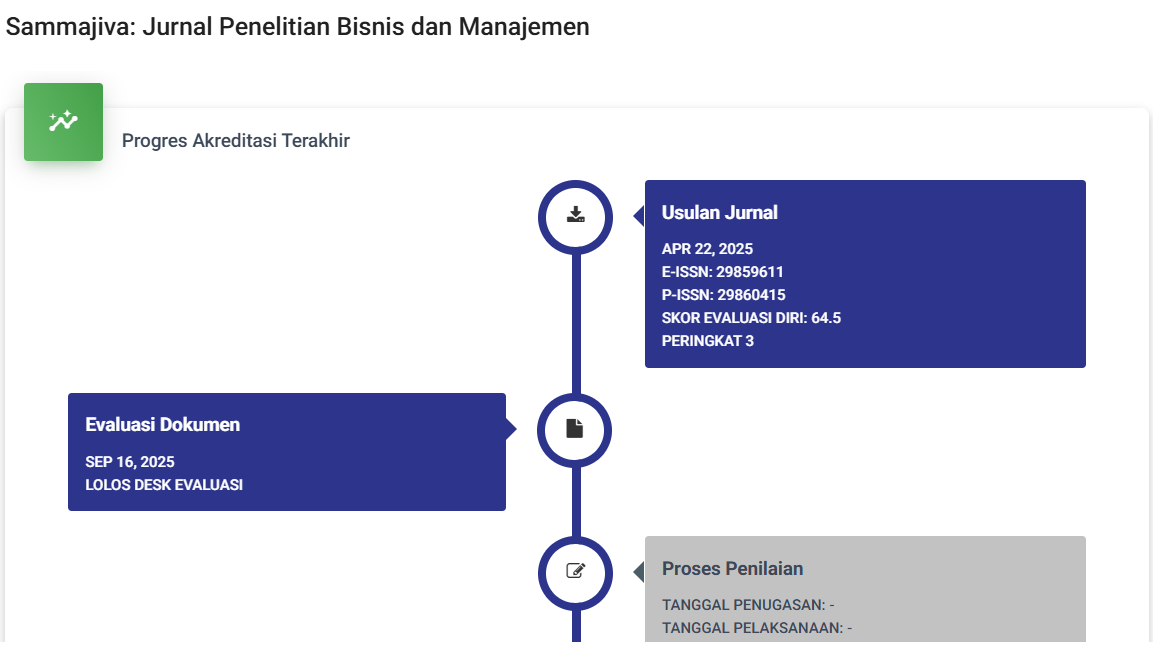Upaya Pengusaha Muda Meraih Kesuksesan Berwirausaha Cigor di Tasikmalaya Melalui Media Sosial
DOI:
https://doi.org/10.47861/sammajiva.v2i4.1461Keywords:
Cigor Mang Al, social, media, marketing, strategyAbstract
This study discusses the marketing strategy of the culinary business Cigor Mang Al, founded by Ali Wardana in Tasikmalaya. The business utilizes social media platforms such as Instagram and TikTok to expand its market reach and increase sales. With a limited initial capital, Ali successfully grew daily sales from 30 pieces to 250-300 pieces through creative marketing strategies on social media. This study uses a qualitative descriptive method, collecting data through interviews and observations. The results show that social media usage not only helps expand the market but also builds brand awareness and customer loyalty. Additionally, product innovation in the form of frozen food has enabled expansion to other cities like Bandung and Yogyakarta. In conclusion, the success of Cigor Mang Al demonstrates the importance of innovation, consistency in quality, and effective social media utilization in supporting the growth of culinary businesses in the digital era.
References
Ardana, R. A. H., Rafidah, R., & Erliyana, N. (2023). Digital branding sebagai optimalisasi peningkatan inovasi, daya saing, pendapatan UKM di era new normal. Jurnal Industri Kreatif Dan Kewirausahaan, 6(2), 125–137.
ElAydi, H. O. (2018). The effect of social media marketing on brand awareness through Facebook: An individual-based perspective of mobile services sector in Egypt. Open Access Library Journal, 5(10), 1–5.
Fadhillah, Y., Yacob, S., & Lubis, T. A. (2021). Orientasi kewirausahaan, inovasi produk, dan media sosial terhadap kinerja pemasaran dengan keunggulan bersaing sebagai intervening pada UKM di Kota Jambi. Jurnal Manajemen Terapan Dan Keuangan, 10(01), 1–15. https://doi.org/10.22437/jmk.v10i01.12175
Kurnia, R., Habriyanto, H., & Alawiyah, R. (2024). Analisis pembiayaan kredit usaha rakyat (KUR) pada UMKM Kota Jambi. Jurnal Industri Kreatif dan Kewirausahaan, 7(1), 22–34.
Larsen, P., & Lewis, A. (2007). How award-winning SMEs manage the barriers to innovation. Creativity and Innovation Management, 16(2), 142–151.
Martinus, H. (2011). Analisis industri retail nasional. Humaniora, 2(2), 1309. https://doi.org/10.21512/humaniora.v2i2.3193
Merril, T., Latham, K., Santalesa, R., & Navetta, D. (2011). Social media: The business benefit may be enormous, but can the risks—reputation, legal, operational—be mitigated? Information Law Group, Apr, 1–12.
Nofrima, S., & Apriyadi, A. (2024). Peran pengrajin anyaman tali Meiwa untuk mengurangi penggunaan kantong plastik Kota Palembang. Jurnal Industri Kreatif dan Kewirausahaan, 7(1), 12–21.
Setiadi, A. (2022). Analisis pemanfaatan media sosial sebagai sarana sosialisasi Pancasila. Pancasila: Jurnal Keindonesiaan, 1, 71–82. https://doi.org/10.52738/pjk.v2i1.102
Supriyono, S. (2020). Media sosial sebagai alat promosi yang efektif bagi usaha rintisan di era normal baru. Prosiding Seminar Stiami, 7(2), 53–61.
Syahputro, E. N. (2020). Melejitkan pemasaran UMKM melalui media sosial. Caremedia Communication.








